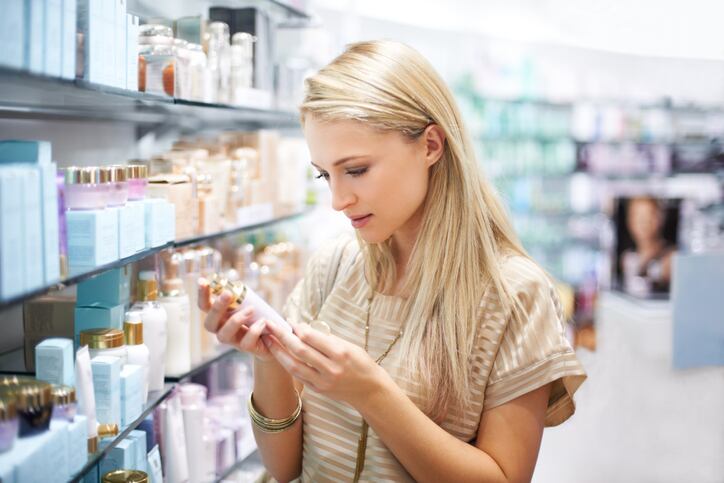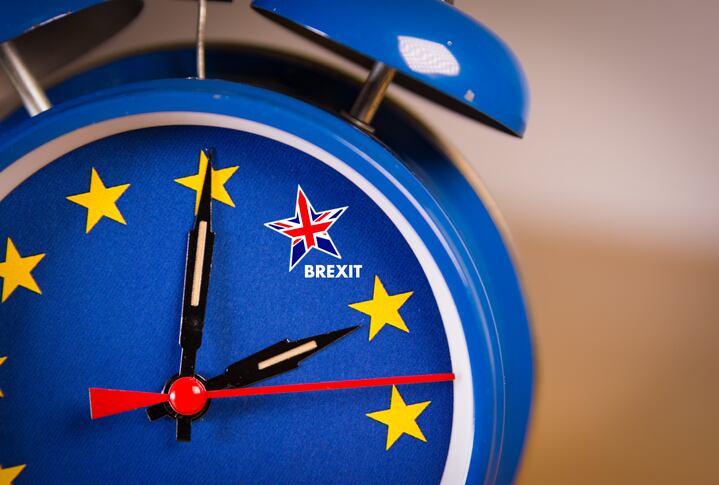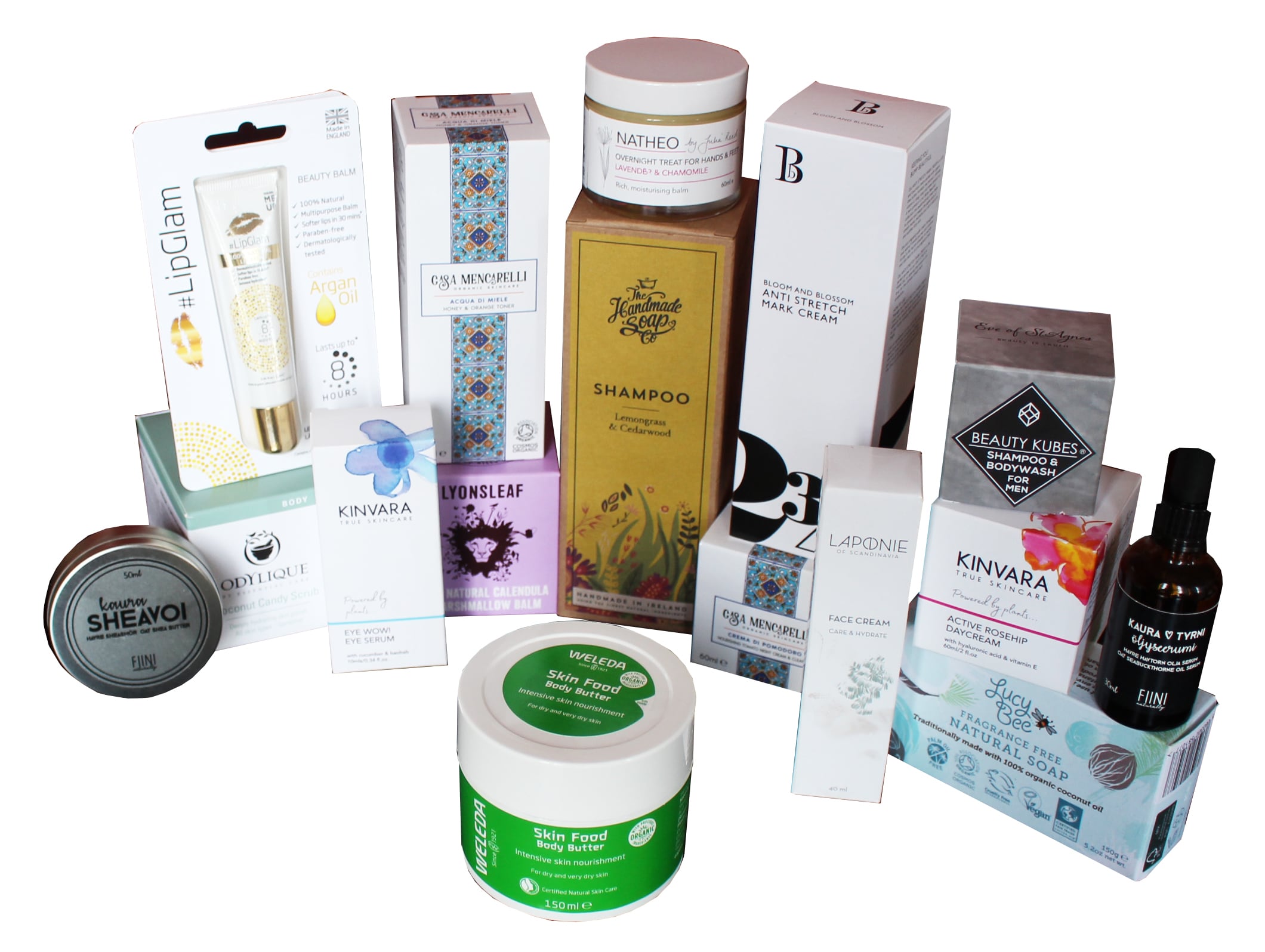Cosmetic product claims have been regulated in the European Union (EU) since July 2013, under the Commission Regulation (EC) No 655/2013. Six common criteria are required to make acceptable claims in the EU: legal compliance; truthfulness; evidential support; honesty; fairness; and informed decision-making. The regulation forms part of the main legislation on finished cosmetics products in the EU - Regulation (EC) No 1223/2009, also known as the Cosmetics Products Regulation (CPR).
In July, this year, a third version of a guidance for making cosmetic claims – the Technical document on cosmetic claims – came into force, following adjustments made in 2017. Two annexes were added to the document: Annex III, providing guidance on the application of common criteria to make ‘free from’ claims, and Annex IV, providing guidance on the application of common criteria to make ‘hypoallergenic’ claim.
So, how does the new guidance impact cosmetics companies looking to make ‘free from’ claims?
A closer look at ‘common criteria’ – fairness and honesty in the spotlight
Dr Mojgan Moddaresi, regulatory expert and director of cosmetics compliance firm Personal Care Regulatory, said out of the six common criteria required to make cosmetic product claims, ‘honesty’ and ‘fairness’ were two highly-relevant ones when looking to make ‘free from’ claims.
Cosmetic Claim Criteria
The ‘fairness’ criterion stipulates claims for cosmetic products “should be objective and should not denigrate the competitors, nor should they denigrate ingredients legally used”. Claims should also “not create confusion with the product of a competitor”.
The ‘honesty’ criterion ensures the presentation of a product does “not go beyond the available supporting evidence” and that unique characteristics are not attributed to the product if similar products possess the same. In addition, if the action of a product is linked to specific conditions – like using in association with another product – that must be “clearly stated”.
Unfortunately, Moddaresi told CosmeticsDesign-Europe that demonisation of certain ingredients and unfair comparisons still existed in the cosmetics world, contrary to guidance and associated regulations. This, she said, was unfair on consumers whose “highest priority” was safety.
“If you look at the ‘honesty’ section of the guidance, it says that for certain reasons ‘free from’ claims are acceptable. For example, you can say ‘free from perfume’ for people who are sensitive; or you can say ‘free from alcohol’ if someone has a cultural restriction.”
And typically, industry was happy to take on this aspect of the guidance, Moddaresi said, as it enabled ‘free from’ claims. However, most were less accepting of restrictions created by ‘fairness’.
A ‘free from paraben’ claim, for example, could be questioned under the ‘fairness’ criterion, she said, given these chemicals were considered safe and therefore legal to use in European cosmetic products (within maximum total concentrations).
Cleaning up: Industry impact after ‘free from’ guidance?
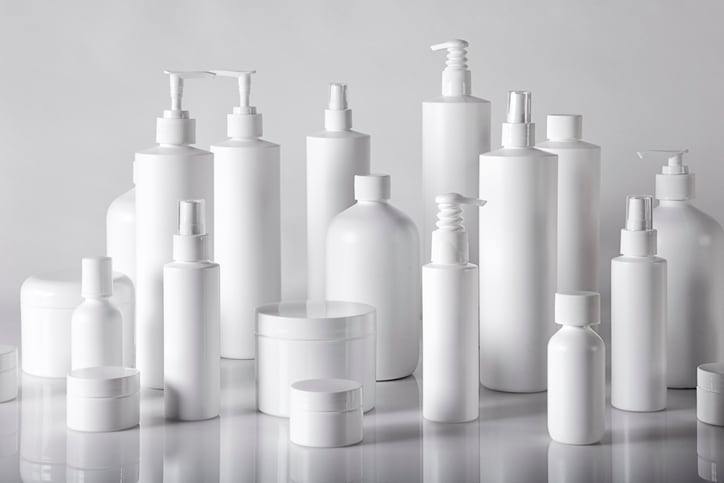
Moddaresi said it was likely many cosmetics companies could start to avoid ‘free from’ claims or use them more cautiously, but some players would also likely transition into using a new, alternative term.
“They have another claim and call themselves ‘clean’ cosmetics. In my view it’s subsidising. But what does it mean? Do we have ‘dirty’ cosmetics and ‘clean’ cosmetics?”
While ‘clean’ claims could potentially be considered unacceptable under the ‘honesty’ guidance, Moddaresi said industry was likely to use the term because it was not specifically addressed in the guidance, like ‘free from’ and ‘hypoallergenic’ had been.
“To be honest, [term changing] is some sort of trend in industry. When I was doing my PhD in 2004, I remember I had one chapter of my PhD just explaining that ‘cosmeceutical’ is not a word; there’s no such thing. And going back to the ‘natural’ cosmetics – there is no such a thing; legally it doesn’t mean anything (…) At the time, the trending term was ‘natural’, ‘cosmeceutical’ and now we have ‘clean’ or ‘free from’ cosmetics. And I believe all of these [terms] stem from the fact that consumers want to have the safest products that work.”
Moddaresi said moving forward industry really had to consider how best to communicate with consumers and whether honesty was a priority along with proper claim substantiations.
Strong safety assessment can be the ‘best marketing’
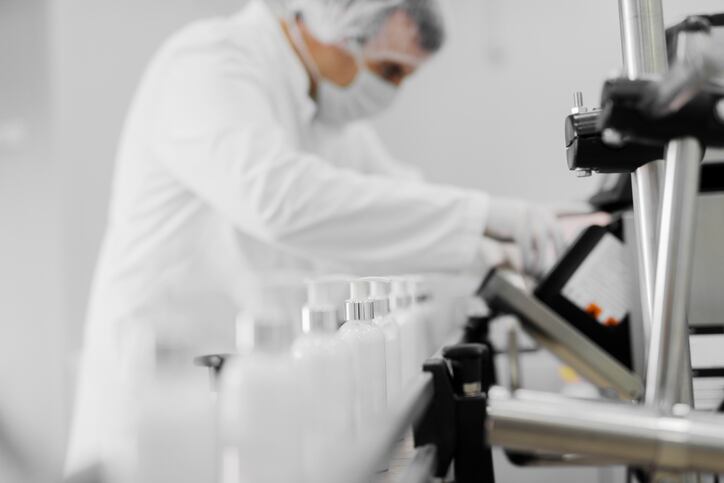
Proper claim substantiation was sometimes “very expensive” she said – a problem for smaller cosmetics firms and start-ups, yet almost all of industry wanted to innovate and “come up with a whole new world of claims”. Unfortunately, Moddaresi said there was often a lot of incorrect data.
The quality of safety assessment standards varied hugely across the cosmetics category, she said. “Some [companies] are just ticking the boxes, some spend lots of money to provide a good toxicology profile for ingredients.”
But, if safety assessment processes were done properly, she said this alone could be the “best marketing” for cosmetic products.
“If [companies] look at it in detail and pay more attention to that, they can use the safety assessment they have instead of brainstorming the next new word.”
If you missed PART 1 of MAKING SENSE OF ‘FREE FROM’ COSMETIC CLAIMS GUIDANCE where we debunked confusion around the guidance, you can catch up HERE.

